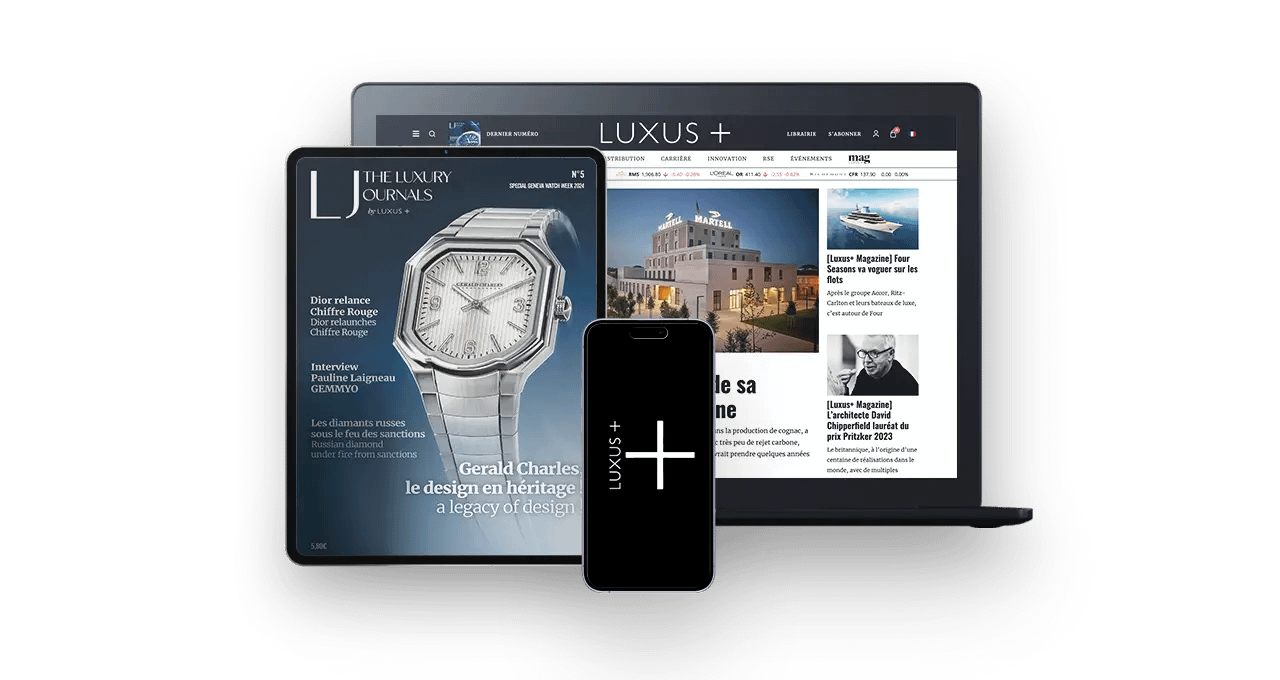Rolex, Ritz, Jaguar, and Boss are the major luxury Houses that animated the year 2023 by choosing to act on the basis of the fame of their brands against subsequent brand applications designating products and services that are different from those covered by their brands, thereby protecting their traditional business.
A renowned brand is a registered trademark known by a significant part of the public concerned for the products or services it designates. The European directive known as the “Trademark Package” and its transposition into French law by the ordinance of November 13, 2019, have granted it a regime and specific articles in the Intellectual Property Code (notably Article L. 711-3). When invoked by its owner against a subsequent registered trademark, the latter will be entitled to bring a counterfeiting action.
It is distinguished from the well-known trademark which is not registered as such with a trademark office but allows the claimant to take opposition action and/or cancellation action before the office, subject to demonstrating that it is widely known to the public due to its use as a trademark. This will be a civil liability action and not a counterfeiting action.
A major asset for diversifying activities without resorting to a new trademark filing
The renowned brand has the advantage of extending the protection conferred by an already registered trademark to different products and services, even those in different classes. Thus, it escapes the principle of specialty according to which the trademark protects only the products and services designated in the filing.
First, the assessment of the brand’s fame is made, notably by taking into account the market share held by the brand, the intensity of its use, its geographic extent, the duration of its use, and the importance of investments made by its owner.
It is then necessary to justify a common clientele between the products and services designated in the filing of the subsequent trademark and those claimed by the holder of the earlier trademark.
Finally, the holder of the earlier trademark will have to demonstrate (a) a risk of confusion between the signs at issue, (b) that the use of the subsequent trademark unfairly benefits from the earlier renowned trademark, and (c) that there is no legitimate reason applicable to the use of the subsequent trademark.
The holder of a renowned brand meeting these criteria will thus be able to diversify its activities while being protected by its earlier trademark and will be offered the right to prohibit any third party from using a sign identical or similar to its trademark. In other words, it will be able to engage in fashion trends or societal trends, particularly in the context of a collaboration benefiting from a previous property title.
The luxury industry has not been mistaken in 2023. Thus, the opposition formed by the holder of the European Union trademark “RITZ” against the European trademark application “Bellagio Ritz” was welcomed for advertising services, the European Trademark Office (EUIPO) having considered that the fame of the earlier brand is likely to radiate beyond hospitality due to its turnover and historic media presence.
The EUIPO also upheld the holder of the European Union figurative trademark “JAGUAR” who opposed the registration of a similar figurative sign (a jaguar’s head facing forward, fangs bared) not on luxury cars but on cosmetics, jewelry, and other luxury products, recognizing its fame and stating that “luxury car brands and luxury product brands, for example in the cosmetics industry, collaborate or occasionally form partnerships“.
Similarly, the infringement of the fame of the trademark “BOSS” was characterized according to the EUIPO in the context of the action brought by the famous clothing brand against the European Union trademark application “DOGBOSS,” recognizing a common clientele between that of clothing products and that of animal products. This decision follows the recent trend of haute couture brands expanding their activity to the with the animal world (Louis Vuitton, the image of Karl Lagerfeld with his cat, Gucci, Louboutin).
Complex criteria to be met to effectively claim infringement of the fame of an earlier trademark
Read also> [CHRONICLE] THE WORLD OF PERFUME TESTED BY INTELLECTUAL PROPERTY LAW
Featured Photo: ©Ritz





































